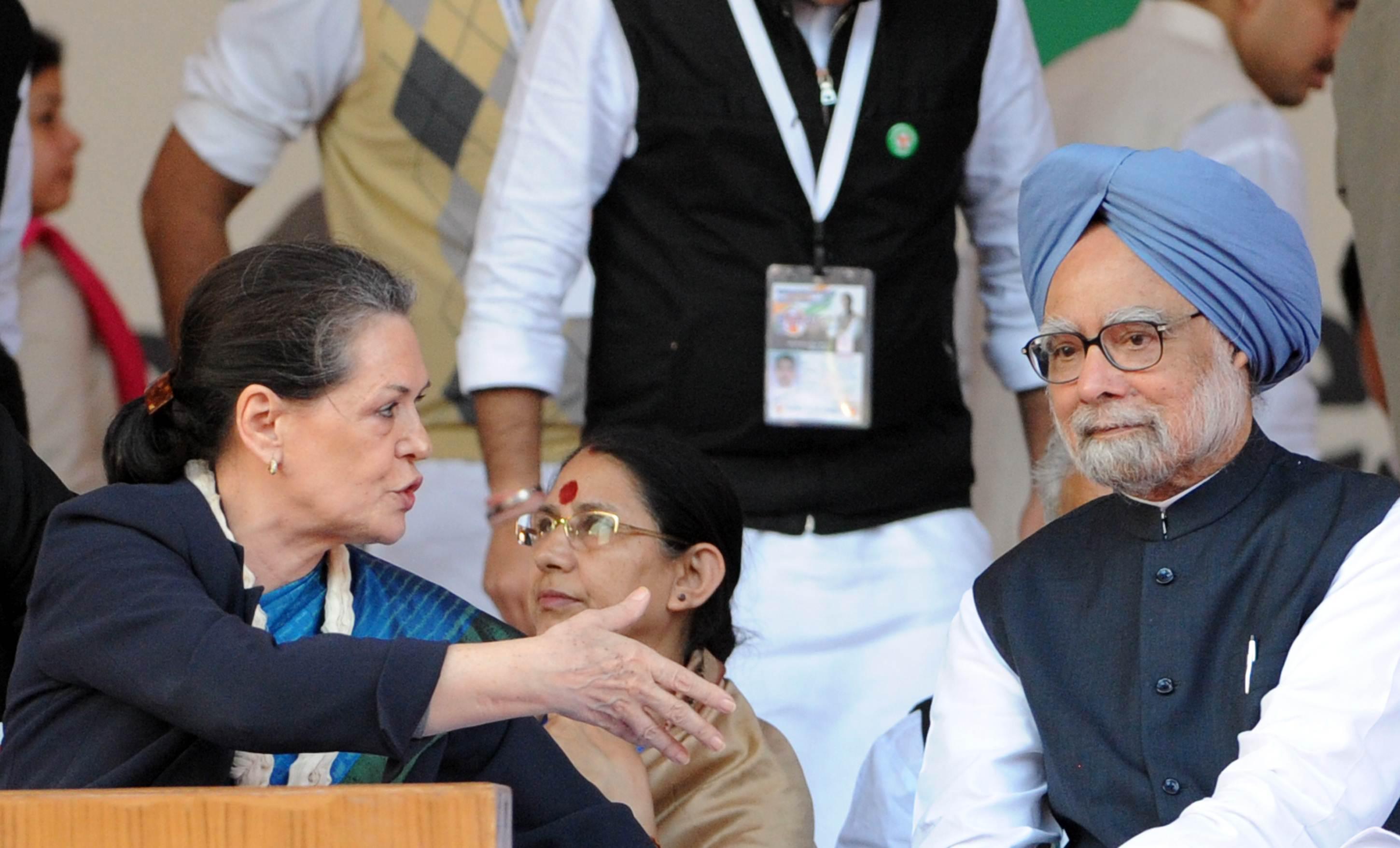One reason I think you can be quite confident that the American economy is suffering primarily from weak demand rather than other kinds of issues is the contrast with what you see happening in, say, India. Indian policymakers (correctly in my view) took a very aggressive approach to the economic crisis, rather than a timid and risk-averse one and you know the Indian economy isn’t suffering from demand shortfalls because inflation, though by no means wildly out of control, has definitely been on the unpleasantly high side. And yet, India’s growth rate is slowing down, slipping to just below 7 percent. By American standards, of course, that would be a fantastic number but India is a desperately poor country and also has a much faster-growing population than China’s, so Indian elites hope to be doing better than this.
Desire to improve the underlying structure of the Indian economy is exactly why we saw this recent exciting proposal to open large swathes of the Indian retail sector to foreign chains, brining a bit of much-needed competition to retailing and some greater expertise to supply chain issues. That’s why the real bad news for the Indian economy isn’t so much the quarterly growth number, as that India’s Prime Minister announced today that he’s going to “suspend” that reform since it proved unduly divisive within his own parliamentary coalition. One of the big advantages a large poor country has in seeking to grow is that it’s possible to reap huge gains simply by letting foreigners come in and deploy ideas that are already well-developed elsewhere. Keeping foreign supermarkets out is a way of throwing that advantage away.
